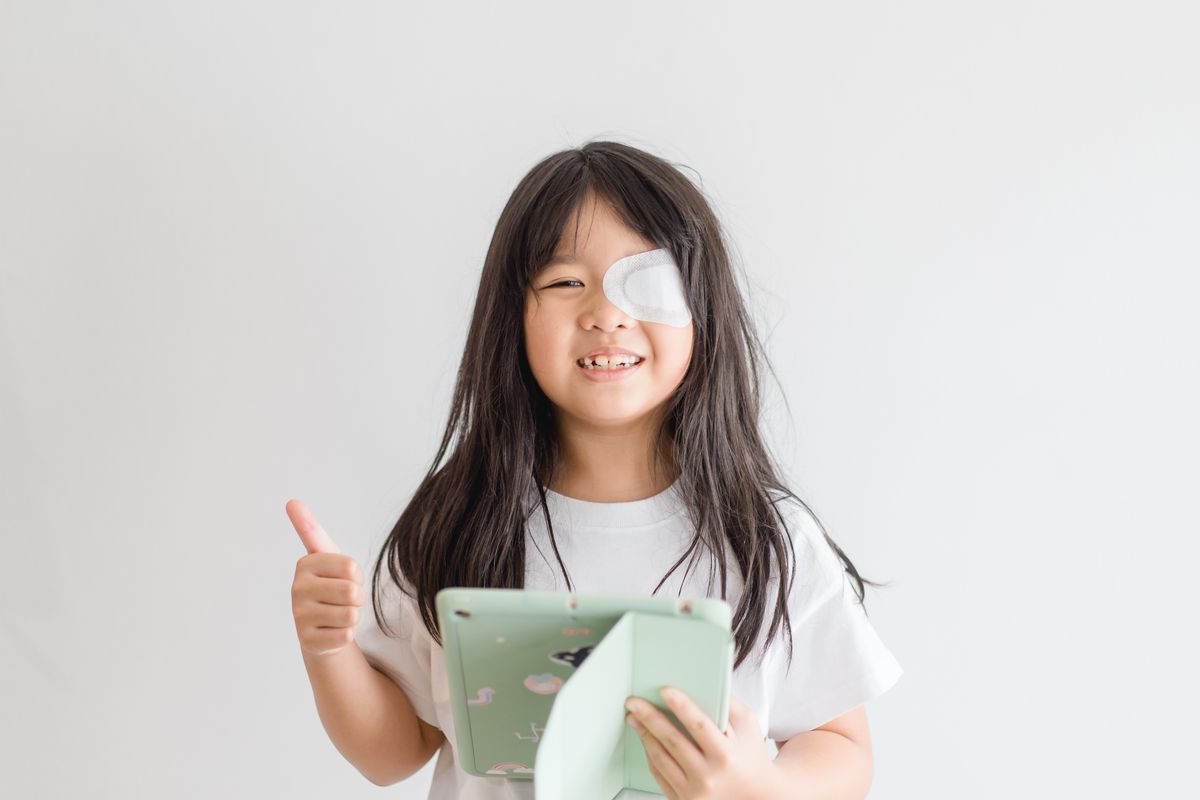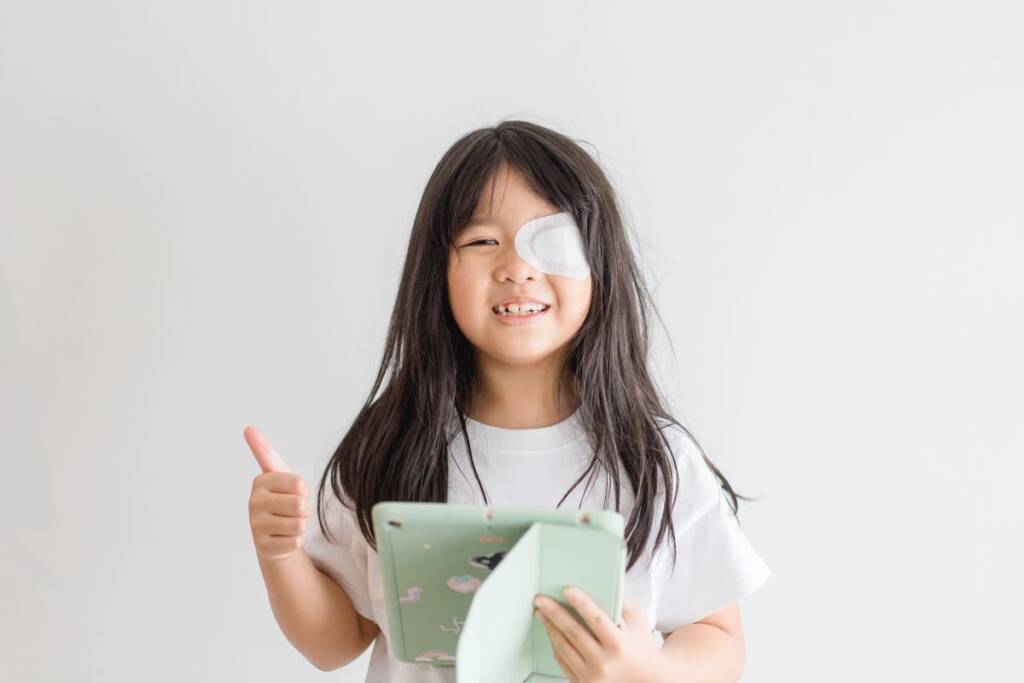Health
What is lazy eye and how can it be treated?

Lazy eye: what it is, the causes, symptoms and treatments to cure and prevent it in children but also in adults.
Lazy eye, also known as amblyopia, is a vision disorder that primarily affects children. It is a condition in which one eye does not develop normal vision in childhood, despite the absence of structural eye problems. This phenomenon, if not treated early, can have a significant impact on children's lives, affecting their visual abilities and their overall development. Let's find out together the causes, symptoms and possible treatments.
Lazy eye: causes and symptoms
Lazy eye, or amblyopia, is an eye disease that mainly affects children. It occurs when the eye is unable to develop normally in childhood, causing the affected eye to lose vision. This can happen when one eye is much weaker than the other, and the brain starts to ignore images from the weak eye due to the distorted visual signal it sends.

Common causes of lazy eye include ocular misalignments, such as strabismus , and refractive defects, such as nearsightedness, astigmatism, and farsightedness. These conditions prevent the eye from focusing images properly so that the brain cannot process them as it should.
Lazy eye can manifest differently in children and adults. In children, symptoms include a tendency to close one eye, squinting, or difficulty perceiving depth. In adults, lazy eye can cause blurry or double vision . Other symptoms may include headaches or eyestrain after strenuous exertion. However, many people who have lazy eye have no obvious symptoms. Importantly, lazy eye cannot be diagnosed with a simple routine eye exam, but requires a detailed evaluation by an ophthalmologist. If you suspect you have it, it is important to consult a specialized eye doctor.
How to cure and prevent amblyopia
This problem can be prevented and cured with timely interventions. Among the suggestions indicated by the offered is a vision screening . Children should have regular checkups before the age of three. In this way, eye problems can be diagnosed and treated early. If amblyopia is diagnosed it is important to start treatment as early as possible, preferably within the first eight years of life, using glasses , occluding the good eye or through visual therapy to improve the visual function of the affected eye.
Children should also be encouraged to participate in activities that promote binocular vision , such as ball games, or outdoors, to help prevent weak eye inactivity. But it is also possible to recommend eye exercises, which are useful for maintaining and improving vision. Finally, it is necessary to regularly monitor the progress of the treatment by undergoing visits to a specialist.
In adults, treatment depends on the underlying cause and the severity of the disorder. Your ophthalmologist can determine the most appropriate treatment after a thorough evaluation. However, usually, the treatments are similar to those of children. Treatment may include using corrective glasses to correct refractive errors, blocking the lazy eye, using eye drops to improve vision, and visual therapy to improve eye coordination and binocular vision. . In some cases, your doctor might recommend surgery to correct any underlying conditions. However, it's important to see a doctor for an accurate evaluation and to determine the right treatment to prevent permanent vision problems.
Riproduzione riservata © - WT











